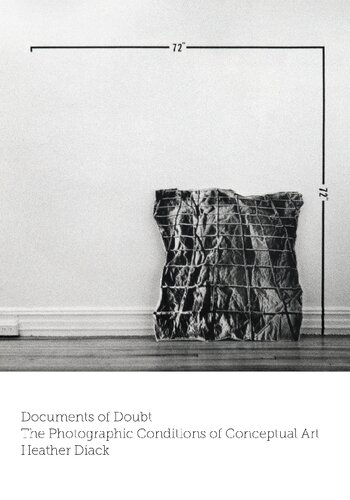

Most ebook files are in PDF format, so you can easily read them using various software such as Foxit Reader or directly on the Google Chrome browser.
Some ebook files are released by publishers in other formats such as .awz, .mobi, .epub, .fb2, etc. You may need to install specific software to read these formats on mobile/PC, such as Calibre.
Please read the tutorial at this link: https://ebookbell.com/faq
We offer FREE conversion to the popular formats you request; however, this may take some time. Therefore, right after payment, please email us, and we will try to provide the service as quickly as possible.
For some exceptional file formats or broken links (if any), please refrain from opening any disputes. Instead, email us first, and we will try to assist within a maximum of 6 hours.
EbookBell Team

4.3
48 reviewsA major reassessment of photography’s pivotal role in 1960s conceptual art
Why do we continue to look to photographs for evidence despite our awareness of photography’s potential for duplicity? Documents of Doubt critically reassesses the truth claims surrounding photographs by looking at how conceptual artists creatively undermined them. Studying the unique relationship between photography and conceptual art practices in the United States during the social and political instability of the late 1960s, Heather Diack offers vital new perspectives on our “post-truth” world and the importance of suspending easy conclusions in contemporary art.
Considering the work of four leading conceptual artists of the 1960s and ’70s, Diack looks at photographs as documents of doubt, pushing the form beyond commonly assumed limits. Through in-depth and thorough reevaluations of early work by noted artists Mel Bochner, Bruce Nauman, Douglas Huebler, and John Baldessari, Diack advances the powerful thesis that photography provided a means of moving away from the object and toward performative effects, playing a crucial role in the development of conceptual art as a medium of doubt and contingency.
Discussing how unexpected and contradictory meanings can exist in the guise of ordinary pictures, Documents of Doubt offers evocative and original ideas on truth’s connection to photography in the United States during the late 1960s and how conceptual art from that period anticipated our current era of “alternative facts” in contemporary politics and culture.